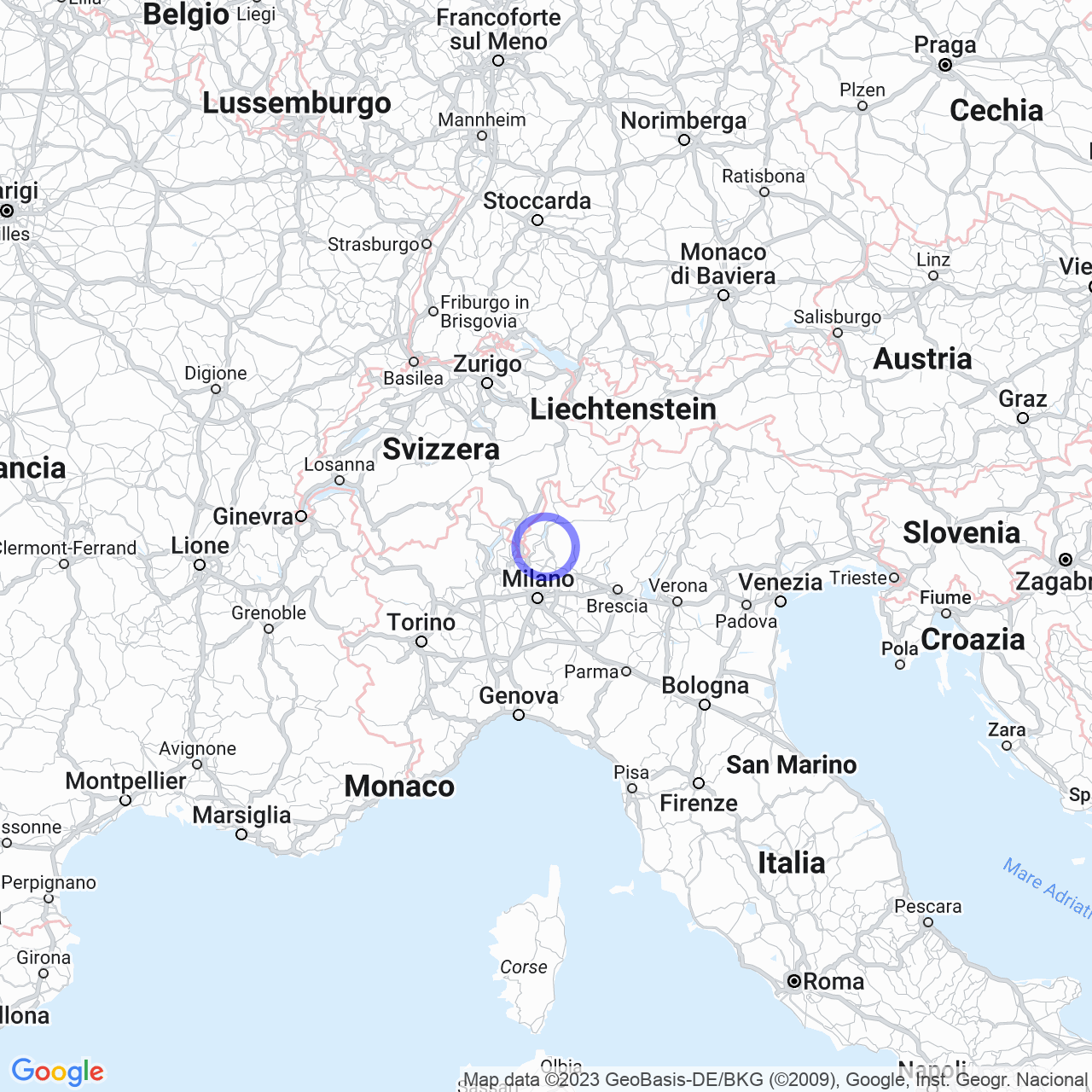Oliveto Lario
Welcome to Oliveto Lario: a unique municipality in Lombardy
Hello everyone! Today I will talk to you about Oliveto Lario, a unique municipality in the province of Lecco in Lombardy. The name comes from the cultivation of Olea europaea, the olive tree, which is still very present today and produces high-quality Lombard oil.
The history of Oliveto Lario
Oliveto Lario was born in 1927 from the union of three distinct locations: Onno, Vassena, and Limonta, which are still the three main fractions of the municipality. The municipal area also includes the mountainous areas above the three main fractions: San Giorgio, Alpetto, and Limontasca.
The northernmost fraction, Limonta, has ancient origins and dates back to 835 when the emperor Lothair I donated that territory to the abbots of the basilica of Sant'Ambrogio in Milan, who later also received the contiguous Civenna and Campione d'Italia as a gift. This fief constituted for eight centuries a semi-independent jurisdictional island, which ended in the era of Napoleon Bonaparte, with the annexation of the territory to the Cisalpine Republic.
The central fraction, Vassena, was a virtually uninhabited land until, around the year 1000, it was founded by some farmers and fishermen, coming from Mandello del Lario, on the opposite shore of the lake; they already went to Vassena to cultivate their lands, crossing the few kilometers of the lake with the typical rowing boats then called batell. Consequently, Vassena was for centuries a dependency of the inhabitants of Mandello, before becoming an independent municipality, then merged into Oliveto Lario.

Monuments and places of interest
Oliveto Lario has many interesting places to visit, here we find the churches of Limonta such as the Church of Saints Ambrogio and Bernardo, the Sanctuary of Our Lady of Moletto, the Church of St. Dionigi, and the former Church of San Rocco.
You will also find other churches such as the Church of Saints Nazaro and Celso in Vassena, the Church of Saint Anne and the Church of Saint Peter Martyr in Onno, and the Church of Our Lady of Carmine. There are also two chapels: the Chapel of the Immaculate Conception and the Chapel in Via Caduti per la Patria.
In addition to religious architectures, there are several civilian and military structures worth noting. The Casa dei Disciplini and the Casa del Lupo are splendid buildings, and for villa lovers, there are also Villa La Dorda in Vassena and Villa La Quiete in Onno. The Muraglione di Limonta is instead an ancient military artifact. Let's not forget the Lavatoio di Limonta, a historic building where laundry was traditionally washed.
The society of Oliveto Lario
The municipality of Oliveto Lario currently hosts 1242 inhabitants, deployed between the three main fractions and the mountain areas. Regarding the evolution of the population, we know that the fraction of Vassena had only 155 inhabitants in 1751 and then increased to 384 inhabitants in 1921.
Finally, if you decide to visit Oliveto Lario, one last curiosity. The municipality is divided between two different dioceses: the Archdiocese of Milan and the Diocese of Como. While Vassena is part of the Diocese of Como and follows the Roman rite, Onno and Limonta belong to the Archdiocese of Milan and follow the Ambrosian rite.
Conclusions
In conclusion, Oliveto Lario is a municipality that is definitely worth visiting, thanks to its history, the beauty of its monuments, and the magnificent natural setting in which it is located. Come and discover it for yourself and be fascinated by its unique atmosphere.
